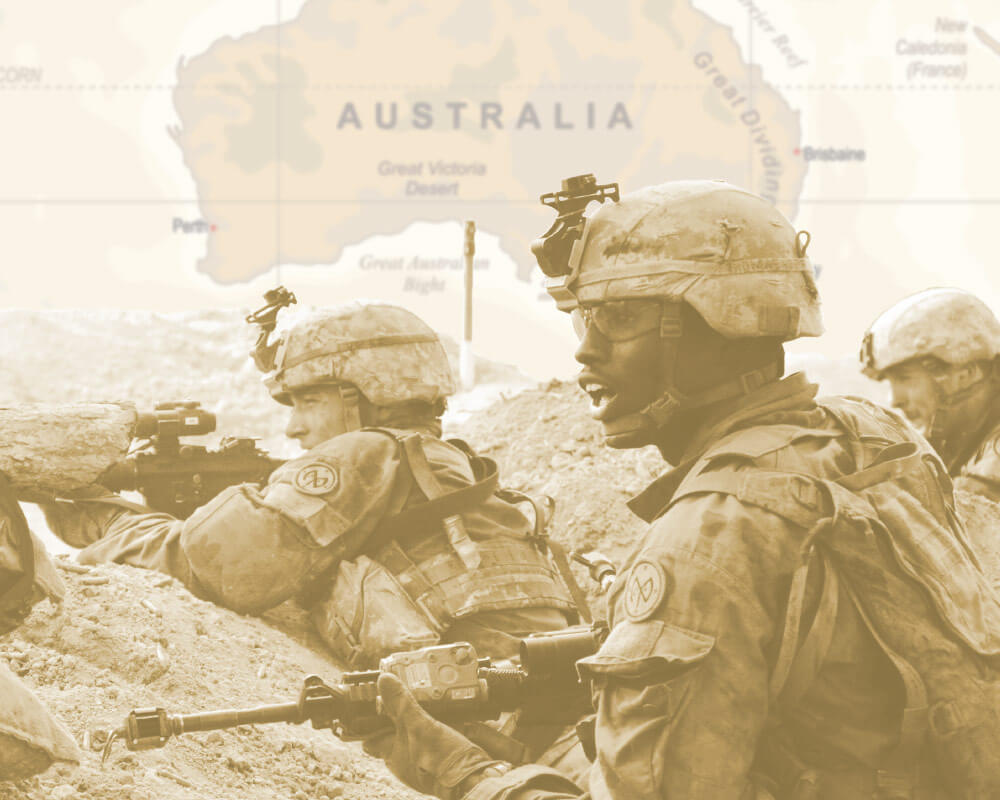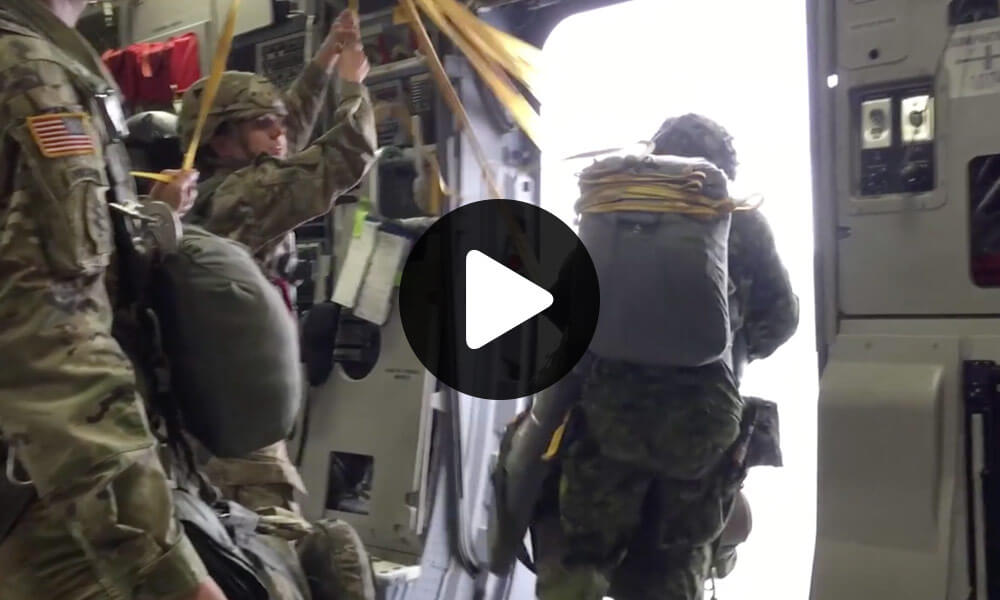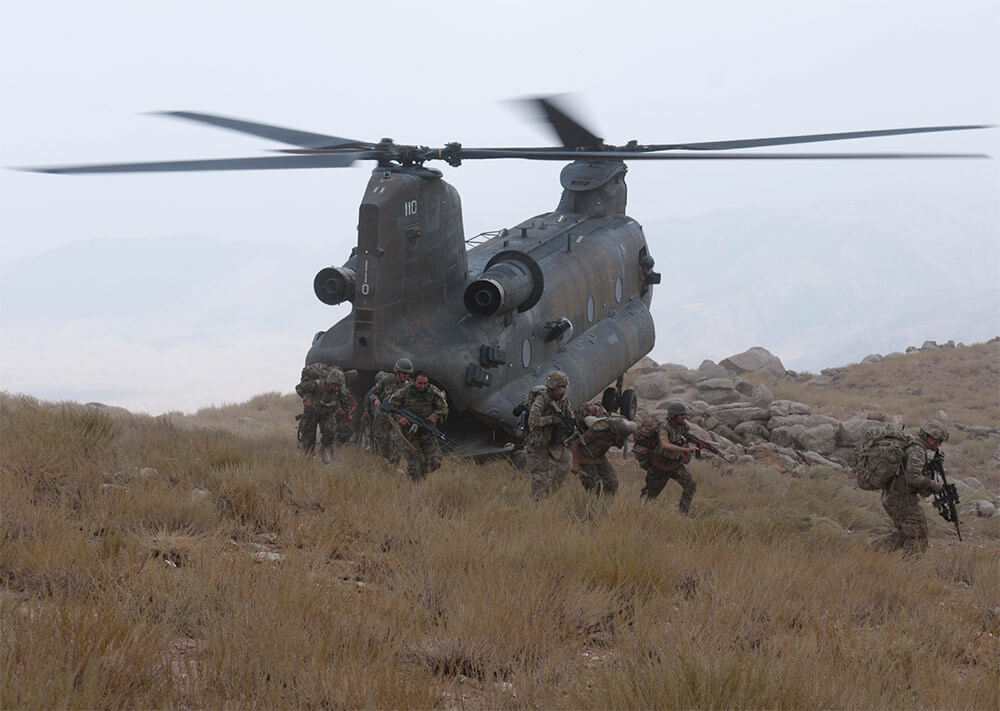Over 800 Army National Guard Soldiers Displayed Strength and Teamwork During Three Weeks of Intense Training Down Under in Queensland, Australia.
New York Army National Guard Soldiers took to Australia’s Shoalwater Bay Military Training Area for Talisman Saber, a training exercise with over 33,000 personnel hailing from the United States, Canada, Australia and New Zealand. In its seventh year, the exercise brought together Soldiers to fight a fictional enemy, resembling threats in the real world.
Talisman Saber is a biennial exercise focusing on teamwork and interoperability. Soldiers follow a scripted scenario in each exercise. This year, a fictitious country was “invaded” by its neighbors, and Soldiers served in both allied roles (BLUFOR) and as opposing forces (OPFOR).
“We played the role of OPFOR, an insurgent force for a fictitious nation,” said SSG Masami Yamakado with the 1st Battalion, 69th Infantry Regiment, New York Army National Guard. “Our mission was to block the advance of BLUFOR by setting up defensive positions along a major avenue of approach. For us, this meant preparing our fighting positions, digging a fortified trench line, setting up mines and obstacles and aggressively engaging the BLUFOR in hasty ambushes and limited contact patrols.”

Although the country and scenario were imaginary, they were based on real-world events. Talisman Saber takes into careful consideration the current happenings of the world to create an accurate exercise. This one incorporated conflicts that simulate the evolving face of war. Thus, Talisman Saber rehearsed battle maneuvers on land and water, and in the air and in cyberspace.
The training exercise reflected the long-lasting strength and closeness of the alliance between the United States and Australia. A routine training period would usually last 15 days, but extending Talisman Saber this year to three weeks provided the battalion with the ability to have a more in-depth and complex training experience.
“The training exercise in Australia was a great capstone on a number of years of training,” said SSG Joshua Lord, medical platoon sergeant for the 1st Battalion, 69th Infantry Regiment.
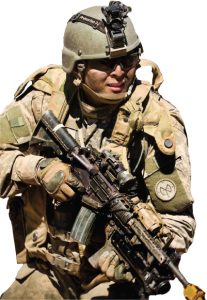
An immense amount of training and preparation is required for exercises like Talisman Saber. Preparing for such an elaborate event often comes with challenges.
“The greatest challenge was ensuring that the Battalion’s forces would be well supported across such a large area with so few assets and, of course, the planning to get to that point,” SSG Lord said.
As a medical platoon sergeant, SSG Lord had a crucial role in providing support for the exercise and ensuring that his platoon was capable.
“Getting a medical platoon – with all of its equipment, medications and personnel – from New York City to Australia is no small task, and a massive amount of planning needed to be done,” said SSG Lord. From quickly reconstituting heavily depleted medical sets after Joint Readiness Training Center (JRTC) to traveling to Australia to conduct planning, SSG Lord’s role was “to ensure that the 68Ws were ready and able to support the mission.”
The event took place at six different locations where Australian and American military personnel conducted field, command and control exercises. It included a Command Post Exercise that incorporated simulated forces and scenarios, and a Field Training Exercise that involved the maneuvering of extensive forces in Australia.
Most of the National Guard Soldiers participating in the exercise were part of New York’s 1st Battalion, 69th Infantry Regiment. Also joining the task force were troops from the 27th Brigade Special Troops Battalion, the 427th Brigade Support Battalion, the 2nd Squadron 101st Cavalry, and the 1st Battalion, 182nd Infantry of the Massachusetts Army National Guard.
SSG Lord was proud of his platoon and the expertise displayed throughout the entire exercise.
“As the Battalion’s medical platoon sergeant, my role was primarily focused on ensuring that injured or ill Soldiers were provided the highest quality treatment and evacuated to higher care in a timely manner,” commented SSG Lord. “After years of training and refinement of Tactics, Techniques and Procedures through the Exportable Combat Training Capability and the Joint Readiness Training Center, my platoon was experienced and ready to meet the challenge, which the Soldiers did seamlessly.”
“A major goal of the training exercise was for American and Australian Soldiers to learn how to work together to complete a mission. It was a chance to hone the Guard’s capabilities in working directly with a foreign force.”
“The training was excellent,” said LTC Don Makay, the 1st Battalion commander. “It was interesting to work for an Australian brigade in a tactical sense. It was an outstanding opportunity to work with an allied partner to demonstrate the National Guard’s ability to train, deploy and plug into a foreign army and conduct our mission.”

The objective of the exercise was to block an amphibious landing force of Australian and New Zealand units. Soldiers were tasked with defending themselves by creating blockades and defensive fighting positions. The battle also involved over 190 aircraft and 26 ships, including the supercarrier USS Ronald Reagan. This was the largest landing the Australians have conducted since World War II.
According to SSG Lord, the exercise created a great learning space for Guard Soldiers. It allowed them to put their training and skills to the test in a unique and challenging environment.
“Every medic, from those in the evacuation section to those assigned to infantry platoons, was excited to get the opportunity to carry out their MOS duties providing real-world medical support,” SSG Lord said. “Fighting next to and working with a close ally such as Australia expands their knowledge base and increases their confidence. These large-scale exercises allow medics to perform their duties in a manner reflective of the challenging environment in which they may find themselves later, either in the same duty positions or as leaders.”
Being partnered with an allied force and training in a different country presented many new experiences for Guard Soldiers.

“Interacting with our allied forces is always a new experience,” SSG Yamakado said. “Whether it was seeing different gear, eating different chow, noting the similarities and differences in our SOP or being exposed to a familiar yet different military culture, it was like being a foreign exchange student but as a unit.”
SSG Lord noted that he was impressed by the level of support the Australian Soldiers provided and is looking forward to more joint exercises.
“The relationship with the Australian medical personnel was great,” SSG Lord said. “They brought us in and treated us as if we were their own, supporting us without hesitation every step of the way. I hope to work together again.” In addition to working well with Australian Soldiers, for LTC Makay, it was important to represent the Guard’s readiness and capabilities at Talisman Saber.
“I think it’s important to demonstrate our readiness both from an equipment standpoint and a personnel standpoint,” LTC Makay said. “It’s important to demonstrate that we are able to mobilize, even across the globe, and quickly integrate into a tactical mission successfully.”
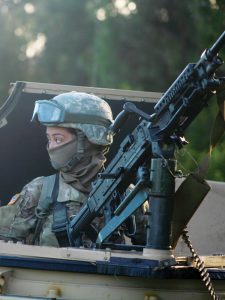
Being able to work with the Australian force and learn from their tactics was a highlight for LTC Makay. He emphasized the importance of creating strong bonds and relationships between U.S. and Australian Soldiers in order to work well together at Talisman Saber and in future endeavors.
“The ability to work with a professional foreign army such as the Australian Defense Force allowed us to really learn from them and learn some of the different ways in which they will be conducting their operations if they are ever called to do so,” LTC Makay said. “Additionally, the relationship building between the Australians and us – from the Soldier level all the way up to the leader and commander level – was important. We were able to share ideas, culture, tactics and strategies; and that was really beneficial and unique.”
With 10 months to prepare and train for the mission, the Soldiers used the time as a chance to foster relationships with the Australian Soldiers and become more aware of their culture prior to the exercise.
“Some of us have worked with the Australian military in varying capacities, like if deployed in Iraq or Afghanistan. But when we got this mission, we had spent the last 10 months conducting joint planning and reconnaissance visits to Australia,” said LTC Makay. “So, of course, we did those months of relationship building, which helped us get ahead in understanding their culture and the differences in their service.”
Those on the Soldier level were also able to create a professional and friendly relationship during the training exercise. While there was not much time for American and Australian Soldiers to get to know each other in advance, the exchanges were positive and supportive when they did interact.
“Due to how we were deployed in the training area, we didn’t have too much time with them in the field,” SSG Yamakado said. “But when we did meet, we’d check each other’s gear out, trade unit patches, joke around and generally enjoy the other’s company.”
With any exercise, Soldiers can face challenges. When it came to Talisman Saber, communication presented one of the greatest challenges.
“I think that one of the biggest goals for this exercise was to demonstrate that we could plug in and operate with a foreign service and, of course, that comes with its challenges,” LTC Makay said. “There had definitely been some challenges, such as the different way in which the Australians communicate through their orders processes, and some of the ways that they communicate tactics. And, of course, the technical interoperability was different. Radio and digital communication systems were probably the biggest challenge.”
Despite the differences, SSG Lord found that those challenges easily subsided and served as an incredible learning opportunity.
“I found there to be very little difficulty in working with the Australian brigade once we understood our respective terminology,” said SSG Lord. “We worked closely with the 1st brigade planners and peers in an Australian Army medical treatment team, which was fantastic. We learned a tremendous amount, looking at our own Tactics, Techniques and Procedures from a different perspective, and will be able to apply their strengths to our SOPs going forward.”
Another challenge Soldiers faced during Talisman Saber was working around the exercise’s rules and restrictions.
However, these confinements forced Soldiers to think creatively and find inventive solutions.

“I believe the biggest challenge was to play within the confines of the OPFOR role, something my unit has never done before,” noted SSG Yamakado. “As we catered to the scenario, we were restricted in our options for maneuver. That meant being creative within those confines and focusing on what we could do. If we weren’t allowed to kick out long-range patrols, we conducted short-range ones. If we were assigned a set position to defend that was not of our choosing, we simply fortified it until it was to our satisfaction. We made do.”
Despite these minor challenges, working with the Australian Soldiers in Talisman Saber was a beneficial experience for both parties. Soldiers were able to build strong relationships while showing the strengths and capabilities of the Guard.
“It was extremely positive just being able to go out there and represent what the U.S. can bring to the fight,” said LTC Makay. “The strong relationships that Guard Soldiers were able to build with the Australians, the amount that they were able to learn from an active duty force and working with them day in and day out, were all extremely positive. Of course, critical to this is allowing the Soldiers at least one to two days to celebrate their successes, go out, visit the culture, and enjoy Australia and the things that it has to offer.”
Talisman Saber was a crucial exercise for Guard Soldiers, as it was a way to show how they can respond and mobilize in different environments.
“My unit has trained on defensive operations for a while now, and being able to utilize our experience in such a major exercise was exciting for my Soldiers,” said SSG Yamakado. “The unit took a lot of pride in their work, and it paid off dividends in the final stages when we fought with brutal efficiency.”
Talisman Saber also allowed Soldiers to grow within leadership roles and use their training. SSG Lord enjoyed being able to witness the growth of his fellow Soldiers and watching them become strong leaders during the exercise.
“My favorite aspect of the exercise was watching the team leaders, many of whom were new to their respective leadership roles, build cohesive teams and apply the lessons learned from their experience over the past few years,” said SSG Lord.
Talisman Saber concluded with a ceremony aboard the USS Ronald Reagan in the Port of Brisbane. After three weeks of training, the National Guard demonstrated that it is well-equipped to handle a large mobilization, work with a foreign force and do so masterfully.
“The National Guard definitely met the challenge of taking a task force-sized element, mobilizing all of its men and its equipment 10,000 miles away and executing with distinction,” said LTC Makay. “I think the takeaway is that it was a major event, and it definitely requires all hands on deck, from all parties, to help make sure it’s a success.”
Feeling proud of the performance and accomplishments made at Talisman Saber, SSG Yamakado applauded his squad for being able to thrive in a new and challenging environment.
“My squad was exposed to a very different terrain than they’re normally accustomed to and worked alongside multinational and interservice organizations, which was a new experience for most of the Soldiers,” explained SSG Yamakado. “My commander, in particular, emphasized America’s ability to project a reserve force globally for training exercises. Very few countries can do that even with their regular components,” he continued. “That big picture perspective is hard to contextualize unless you’re in an exercise like this.”
The success of Talisman Saber is thanks to excellent collaboration between American and Australian forces. The exercise gave Guard Soldiers the opportunity to work with a foreign military and walk away knowing they can work well together when duty calls. Their ability to succeed showcased the important role of the National Guard, especially in an international setting with allied forces.
LTC Makay reflected, saying, “I think it was a good opportunity for us to demonstrate that while the U.S. is often leading the coalitions involved, this was an opportunity to show that we can come in and follow as much as lead in any formation. I think our men and women proved that.”
“I think it showed my team the role the National Guard plays in the international stage,” said SSG Yamakado. “Too often, Soldiers can get tunnel vision, thinking the Guard is a domestic force of weekend drills and a 2-week stint at the local active duty post. To those guys, flying to the other side of the world and working alongside a multinational force was an eye-opener. Working with other professionals motivates you to be better, more competitive and to represent your unit.”
By Staff Writer Tatyana White-Jenkins
